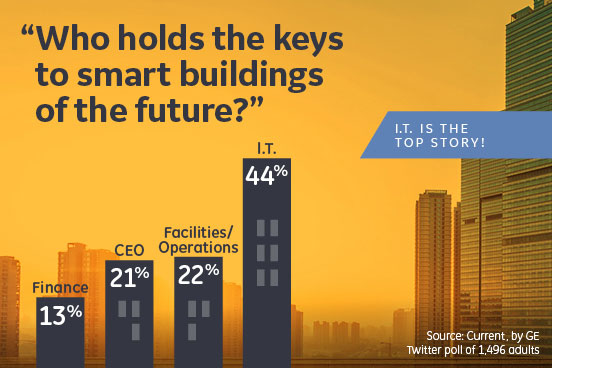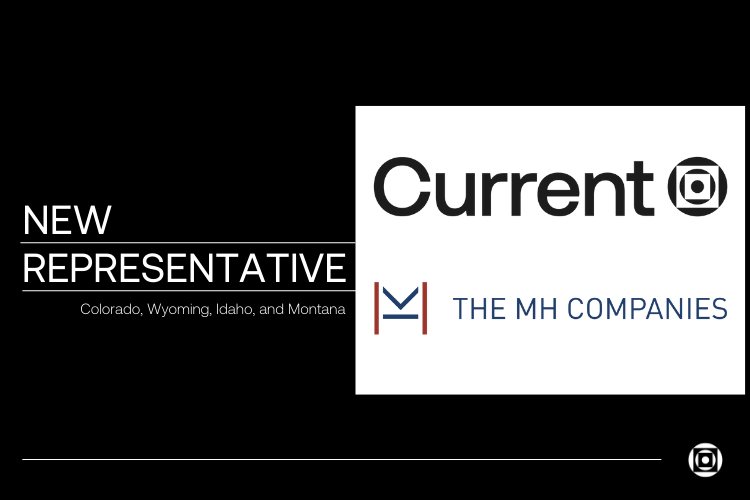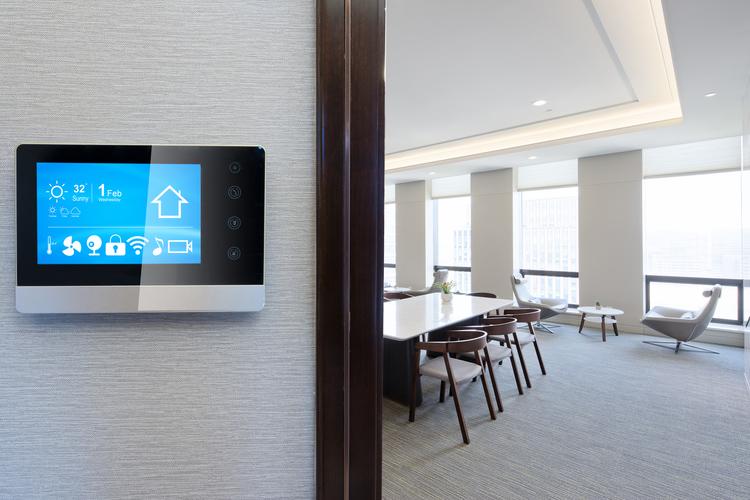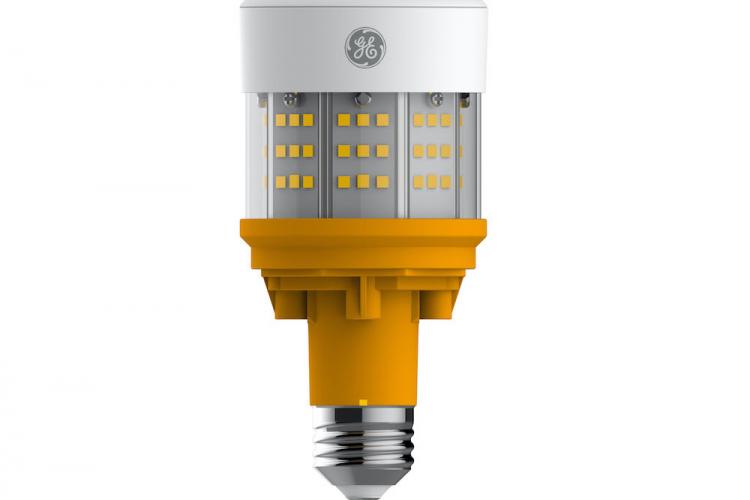Smart Buildings Are Coming—But Who Holds the Keys?
Smart Buildings Are Coming—But Who Holds the Keys?
Smart Buildings Are Coming—But Who Holds the Keys?
 A recent report by Navigant Research estimates the global Internet of Things (IoT) for the intelligent buildings market will grow from $6.3 billion in 2017 to more than $22 billion by 2026. The report goes on to note that falling hardware prices and increasing storage and cloud computing power are main drivers fueling this growth. Real estate assets are increasingly becoming gigantic computers in and of themselves.
A recent report by Navigant Research estimates the global Internet of Things (IoT) for the intelligent buildings market will grow from $6.3 billion in 2017 to more than $22 billion by 2026. The report goes on to note that falling hardware prices and increasing storage and cloud computing power are main drivers fueling this growth. Real estate assets are increasingly becoming gigantic computers in and of themselves.
Who are the decision makers driving this transition? Current conducted a poll during LIGHTFAIR International and asked Twitter users: Who do you think holds the keys to smart buildings of the future? The 1,500 responses received demonstrates the diverse perspectives at play in this critical decision-making process:
• 13% said FINANCE…
While the impact of an efficient new rooftop unit or lighting installation can be easily understood, today’s finance managers are still learning how investments in IoT technologies can benefit building operations and provide a clear ROI. Involving your CFO or fiscal team from the start can go a long way in demonstrating the value of the solution from concept to commissioning. This also gives your experts the best opportunity to examine contract terms and conditions that may encompass multiple vendors tasked with bringing your intelligent environment to life. Ultimately, upfront education is key to unlocking the funds and resources your project requires.
• 21% singled out CEOs…
Rather than think about smart buildings as brick and mortar, CEOs are now seeing a dynamic, intelligent environment that helps employees thrive while driving new operational efficiencies. It’s not critical for a CEO to know every technical detail of your smart building, but rather how these solutions work to achieve business goals. For instance, sophisticated lighting and HVAC controls are helping companies save more energy than they imagined, making it possible to hit sustainability targets ahead of schedule. Look at JPMorgan Chase, which partnered with Current to increase energy efficiency at 4,500 of its U.S. branches. The project includes new energy management tools and LED lighting that are helping Chase achieve its goal of reducing greenhouse gas emissions 50 percent by 2020 compared to 2005 levels. At other times, technologies aimed at improving occupant comfort—such as a smartphone app that allows associates to adjust the temperature and light levels in their office or work bay—can demonstrate an organization’s commitment to creating a space that caters to employees. Leaders must prepare to articulate the many ways such measures align with broader success.
• 22% think FACILITIES & OPERATIONS…
Site supervisors play a pivotal role in building smart facilities, and it’s important to understand how the nature of vendor relationships is changing. For decades, these interactions have centered around products and services, such as lighting, air conditioning, security or other business systems. Today however, cyber-physical systems are becoming the foundation of smart facilities, and with them come new questions about connectivity, compatibility and other concerns that simply didn’t exist before. In other words, built and digital infrastructure are colliding, and while the learning curve may be steep, the benefits can be enormous. From intuitively managing multiple building systems from one cloud-based interface to having greater real-time visibility into equipment health and performance, IoT technologies have the potential to elevate nearly every aspect of facility management. Building and operations directors should feel empowered to expand their learning at every opportunity, often by working closely with their intelligent solutions providers.
• And 44% identified IT…
It’s no wonder that nearly half our survey respondents said the IT department holds the key to the smart buildings of tomorrow. We’ve entered an age of industrial data and analytics, and going forward, technology experts will be essential for managing the networks, configurations and protocols that enable intelligent outcomes. And just as facilities managers must strive to understand new information technologies, IT managers must help bridge the gap to advanced operations technologies. Making IT a main player in project negotiations can help ensure a smooth integration and thorough vetting of security and privacy concerns. Current works with companies of all sizes to shape intelligent environments, and our experience has taught us that many organizations regret not involving IT in the process sooner. A big part of making any facility smart is testing models and assumptions, modifying strategy and dialing in optimal performance over time. The sooner your team can grasp the full scope of the capabilities and functionalities available, the sooner your objectives can be reached. Smart commercial buildings hold enormous potential when it comes to conserving energy, operating in a responsible manner and putting staff needs first. If your organization is on the road to building intelligence, now is the time to break down barriers that divide departments and rally all contributors to the cause. After all, everyone holds a key.
Get started by learning about even more smart building ideas from Current.






